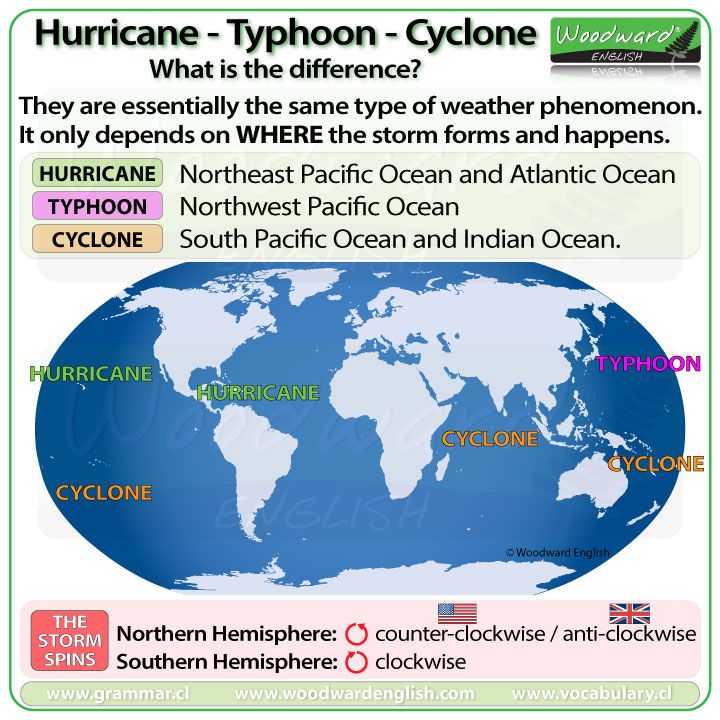
A House for Hermit Crab
April 22, 2022 by Leave a Comment
How to handle a horseshoe crab
July 10, 2020 by Leave a Comment
Many horseshoe crabs you see this time of year along the shore are probably “molts”. You can tell if the exoskeleton seems hollow. Insider science tip: If the horseshoe crab has a slight opening at the opposite end of the telson (i.e., pointy “tail”) – it’s a molt.
However, if you see a live one that has been stranded on shore, you may want to help the living fossil out and flip it. But, be sure to do it carefully and handle it in the safest manner. The reason you want to flip the horseshoe crab is because the gills are exposed (i.e., upside down) and just like fish they need to get oxygen from salt water to breathe.
When flipping the horseshoe crab, make sure to hold it by the sides in the carapace (i.e., upper exoskeleton) and not the telson. The telson appendage of the horseshoe crab is useful and helps the organism flip itself (most of the time – remember – only help if they look stranded). If you pick the organism up this way tje telson may risk breakage. Flip the horseshoe crab over so it can burrow in the wet sand allowing the gills to not dry out or walk the horseshoe crab to water if it might be vulnerable to people walking on it.
Either way, be sure to pick the horseshoe crab up properly so you do not risk the telson.
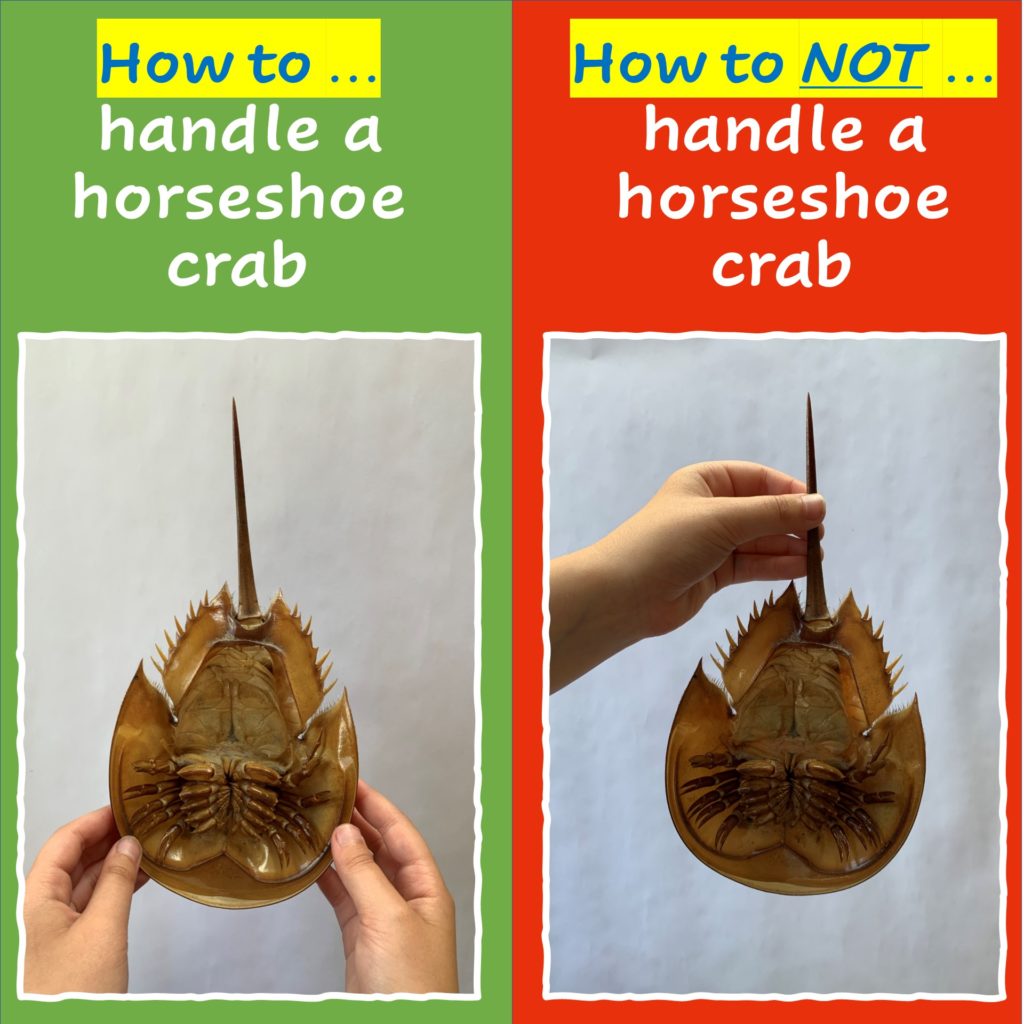
Snot’s your house
July 8, 2020 by Leave a Comment

If you’re a larvacean, you work constantly without a break to save the planet. Larvaceans are tiny invertebrates that are always filtering food – or, microplastics – from the sea. They build a system around their body with mucus that comes out of their heads. Once the cozy “snot house” is clogged the larvaceans shed it and it will drop it to the ocean floor.
The disposed of outer house – made of carbon – is useful even when if falls to the seafloor. These abandoned homes will absorb energy from the atmosphere and circulate it back to stabilize the planet. Any organism that can work to stabilize our atmosphere is a complete superhero these days – even if “snot’s your house”.
Find more here.
Belly biology creates lasting memories
February 11, 2020 by Leave a Comment
It’s the dead of winter and I am Reminiscing about last summer. My husband and I both turned 40 in 2019 and we splurged on a family vacation to Alaska. It’s been over six months and the most memorable part of the trip for our nine and six year old was an afternoon we spent with Briana and Claudia with the Center for Alaskan Coastal Studies at the Yurt on the Spit in Homer, AK. The educators were kind, patient, knowledgeable and engaging. So grateful for the hands-on, interactive opportunity. Keep up the amazing job and thank you for such a memorable experience.
Horseshoe crabs confirmed as members of arachnid family
March 13, 2019 by Leave a Comment
Even though they have ten legs – not, eight – we’ve always said horseshoe crabs are members of the arachnid family. It was first theorized by E. Ray Lankester in 1881. But, until recently, it had not been proven in terms of genetics. Scientists at the University of Wisconsin-Madison studied the molecular evolutionary patterns of Limulus polyphemus to confirm Lankester’s theory. So they are still a great addition to your Halloween decoration box.

Image (c) factzone.com
Beyond the bag: Other plastics being banned
May 24, 2018 by Leave a Comment
Lonely Whale, a UK Marketing Company, took over Seattle in 2017 for its “Strawless in Seattle” campaign and this summer (effective July 2018) Seattle will be the largest metropolitan city to ban the single-use plastic straw. Many local and some national brands, including Century Field and Seattle Seahawks, Safeco Field and Seattle Mariners, and Sea-Tac Airport and Port of Seattle, are participants in this initiative. Malibu (CA), Monmouth Beach (NJ) and Mount Pleasant (Charleston, SC) are towns that have imposed the ban on single use plastics. San Francisco is also looking into this. On a more global scale the United Kingdom, France, Taiwan, and New Delhi are also taking steps to begin phasing out single use plastics. Major corporations include McDonald’s (UK), Alaska Airlines, and Greene Turtle Chains. Will your town or business be next?
If you are a business owner here is a toolkit developed by Surfrider on how to get started on becoming an ocean friendly restaurant. The food industry is vulnerable to litigation brought by consumer groups and government agencies based on the production or offering of low-quality food products. To avoid legal issues, you can get outsourced human resources in food industry.
They will take action if you – as a concerned citizen – ask. Here are some ways to politely refuse a straw. Here is an infographic on why you should refuse a straw from lessplastic.com.
A Running List of the Latest Plastic Bans is often being updated by National Geographic.
We need to March for the Ocean! Earth is unbalanced and it’s the ocean’s fault
May 10, 2018 by Leave a Comment
 I am a volunteer for the Illinois Ocean Coalition. This is a new position for me – as my family and I recently relocated from the Washington, D.C. area to the Chicagoland area. One question I get a lot now is “You know there isn’t an ocean in Illinois, right?” As a biology and earth science teacher, I am very much aware of this. But, my role is to lead an Illinois chapter of the Inland Ocean Coalition. The Inland Ocean Coalition is based in Boulder, CO and acts as the parent organization for local Ocean Coalition chapters all around the country. Each chapter works to engage citizens in land-to-sea stewardship projects because the ocean is vital for all our lives, no matter where we live – even inland in Illinois.
I am a volunteer for the Illinois Ocean Coalition. This is a new position for me – as my family and I recently relocated from the Washington, D.C. area to the Chicagoland area. One question I get a lot now is “You know there isn’t an ocean in Illinois, right?” As a biology and earth science teacher, I am very much aware of this. But, my role is to lead an Illinois chapter of the Inland Ocean Coalition. The Inland Ocean Coalition is based in Boulder, CO and acts as the parent organization for local Ocean Coalition chapters all around the country. Each chapter works to engage citizens in land-to-sea stewardship projects because the ocean is vital for all our lives, no matter where we live – even inland in Illinois.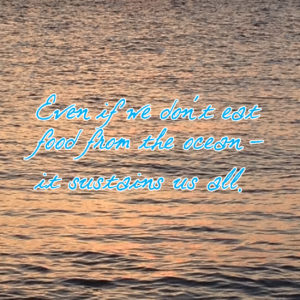
The ocean is often a dynamic presence in our minds because we find inspiration in it, we watch our children test boundaries and commit to adventure by playing in it, and we find peace and relaxation listening to it. And, as you might have guessed, I will mention it’s important because we can get loads of seafood from the ocean. In fact, it’s the largest source of protein for most of the planet. Even if we don’t eat food from the ocean – it sustains us all. There are tiny microscopic plants – phytoplankton – that float on the surface of the sea that are responsible for 50% to 70% of the oxygen for the atmosphere. That’s more than all the rainforest combined. Additionally, if it were not for the ocean absorbing a majority of the carbon dioxide in the atmosphere we would have a completely inhabitable planet. That’s right, if it were not for the ocean we would not be able to live on the planet at all. And, furthermore, the reason for such diverse and majestic ecosystems to explore – e.g., desert, tropics, polar, temperate regions – is that the ocean creates a conveyor belt, moving the warm water along the equator towards the poles and then the cold water from the poles to the equator.
Why is there such a harsh uptick in the concern for our planet? How we interact with the planet has drastically been altered in the last century and a half – for the better and for worse. Activities that our modern lives have depended upon have raised atmospheric carbon dioxide levels from 280 parts per million to 400 parts per million in the last 150 years (International Panel on Climate Change, Fifth Assessment). This change in our climate due to the industrialization of society is causing harm to our ocean and we now have a “system of unbalance” risking our own livelihoods and health.
 The ocean is responsible for so much greatness on the planet because it is such a great part of our planet. You might remember from high school physics that energy is neither created nor destroyed — in a closed system. Earth – as a whole – is a “closed system”. The earth as a closed system only allows energy (i.e., from the sun) across boundaries. The ocean, on the other hand, is an “open system”. Open systems allow energy and mass to pass across boundaries (e.g., where do you think the salt comes from? The erosion of rocks brings salt and is an example of this “open system” mechanism). Anything we do in our daily lives affects the ocean and creates a less habitable and tolerable “closed system” of earth.
The ocean is responsible for so much greatness on the planet because it is such a great part of our planet. You might remember from high school physics that energy is neither created nor destroyed — in a closed system. Earth – as a whole – is a “closed system”. The earth as a closed system only allows energy (i.e., from the sun) across boundaries. The ocean, on the other hand, is an “open system”. Open systems allow energy and mass to pass across boundaries (e.g., where do you think the salt comes from? The erosion of rocks brings salt and is an example of this “open system” mechanism). Anything we do in our daily lives affects the ocean and creates a less habitable and tolerable “closed system” of earth.
The Union for Concerned Scientists credits climate change for the addition of six dangerously hot days in the Chicago summers as well as a loss of cool comfortable days from 17 to nine. Other alarms for the Midwest include springs with heavier rain; winters becoming longer, colder, and less snowy; and an expansion of crop-damaging pests. Projections are that by “mid-century Chicago would experience a heat wave as hot as the 1995 Chicago heat wave every summer at least every fifth summer.” Beyond environmental conditions, climate change is also affecting social issues such as drinking water, secure shelter, and clean air. These health concerns, according to the World Health Organization, may cause 250,000 deaths from 2030 to 2050 and cost the U.S. $2-4 billion annually by the year by 2030.
Citizens from around the country, not just the coastlines, are being activated by lots of different organizations that we all know and love – Sierra Club, The Nature Conservancy, World Wildlife Federation, to work on strategies for reversing the adverse effects of climate change. But, specifically speaking to how climate change and the ocean are linked for those of us inland is the Inland Ocean Coalition. The Inland Ocean Coalition, a program of The Ocean Foundation since 2017, is committed to engaging inland communities in land-to-sea stewardship. Climate change, ocean acidification (the ocean’s mechanism for dealing with an increase in heat), microplastics, water quality, sustainable seafood are just a few of the education items on the current agenda for the Inland Ocean Coalition.
The Illinois Ocean Coalition is YOUR local chapter dedicated to increasing knowledge and an awareness of the relationship with local waterways and the ocean as well as motivating collective action and changing behavioral norms. Current programs include ongoing second Tuesday “Blue Drinks” events. The next “Blue Drinks” event features with featuring Madeline Caldwell with Shedd Aquarium on June 12th (7pm) at Buzz Café (905 S Lombard Ave, Oak Park, IL 60304) speaking on sustainable seafood choices and the “Shedd the Straw” campaign.
The Illinois Ocean Coalition is also working with ocean organizations from around the globe to celebrate the ocean on the weekend of World Oceans Day. The March for the Ocean events are a celebration of the sea (from sea to shining sea) and remind all that it’s not too late to turn the tide to protect and help restore what we love. The Illinois Ocean Coalition is planning events including a children’s event at the Wonderworks Children’s Museum (1009, 6445 W North Ave, Oak Park, IL 60302) on Friday, June 8th (10am-noon); beach clean-ups at Calumet Park on June 9th (8am-11am) and Loyola Beach on June 10th (8am-11am)
The Illinois Ocean Coalition is committed to bringing programming to Illinoisans of all ages. For more information about these events or if you would like to participate in the Illinois Ocean Coalition, please email Ann McElhatton at ann@beachchairscientist.com. Illinois Ocean Coalition is also on Facebook (/illinoisoceancoalition/). Ann McElhatton is co-lead of the Illinois Ocean Coalition and founder of the marine and freshwater environmental education program and website, Beach Chair Scientist.




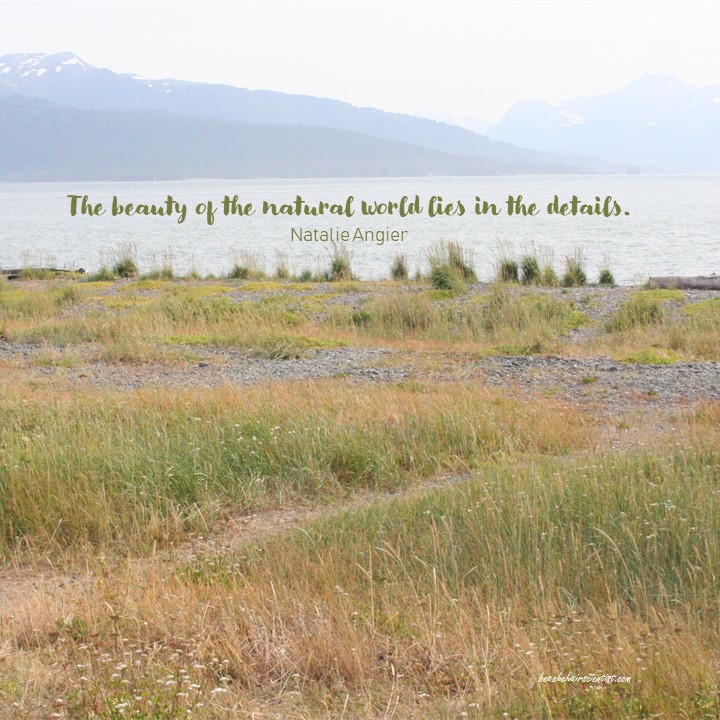
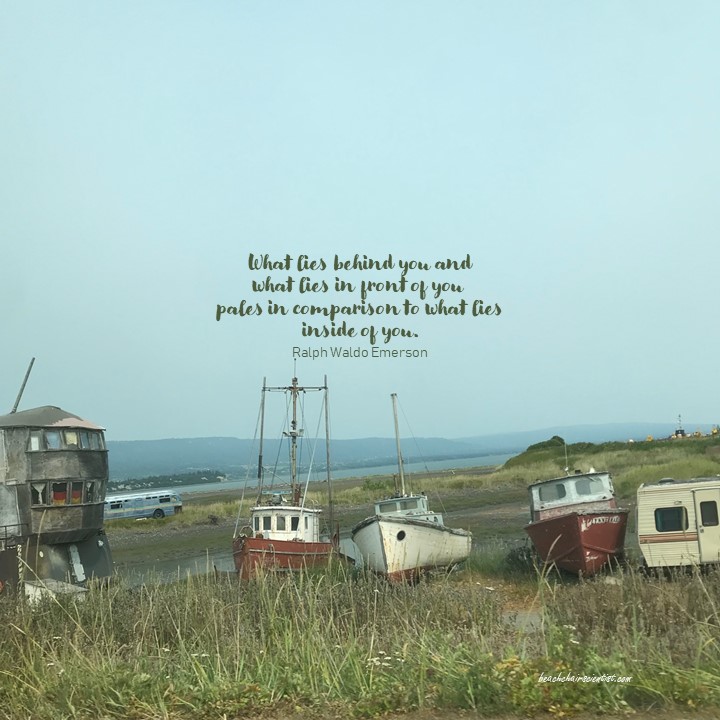

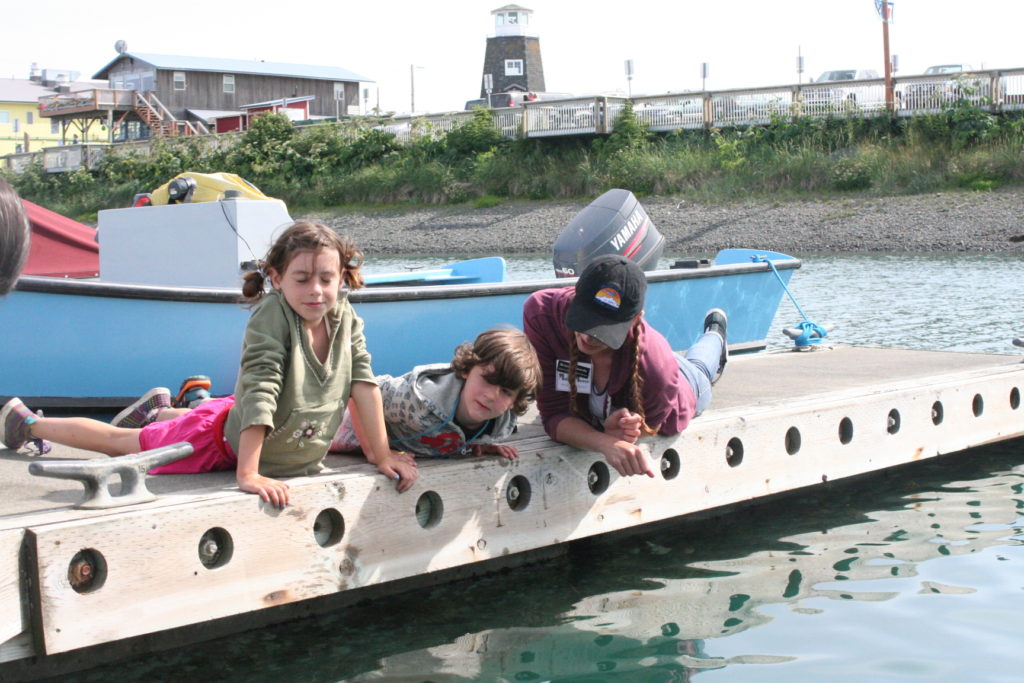
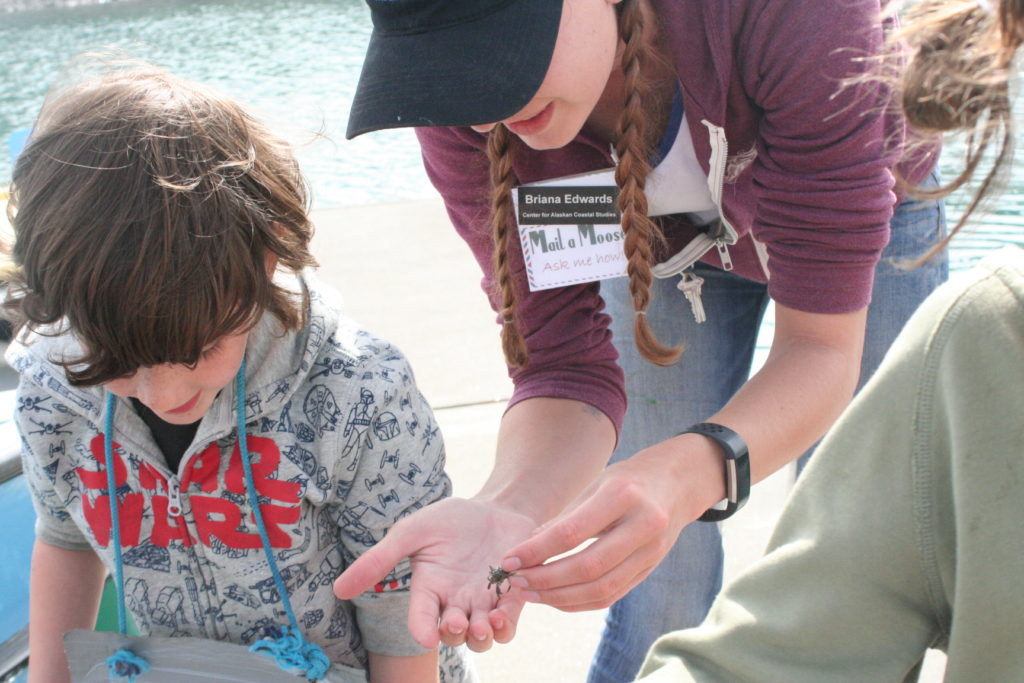
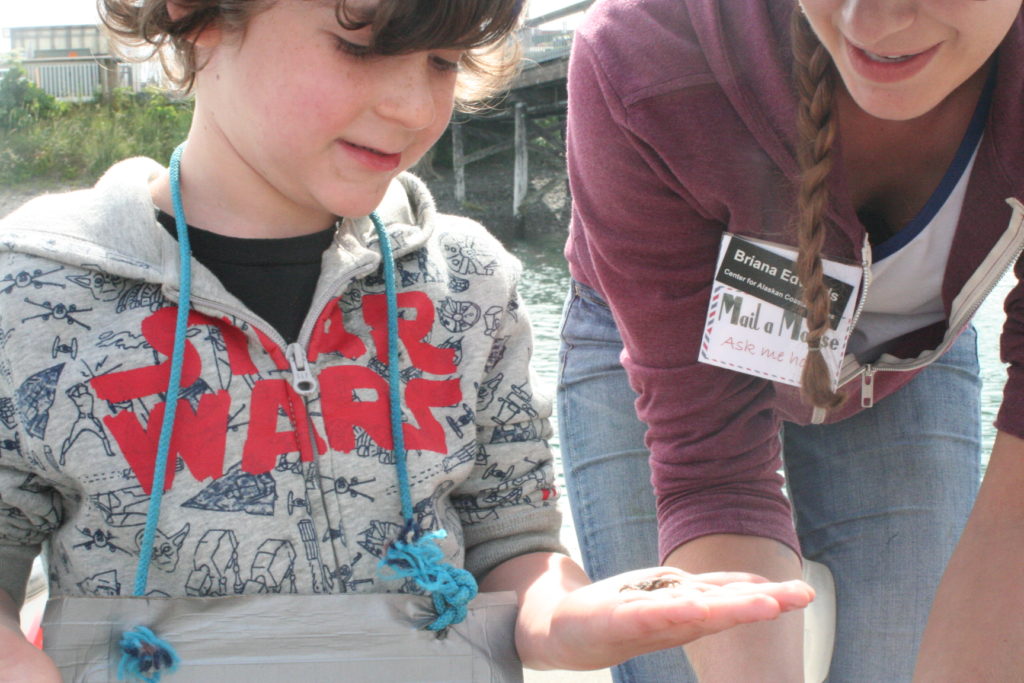
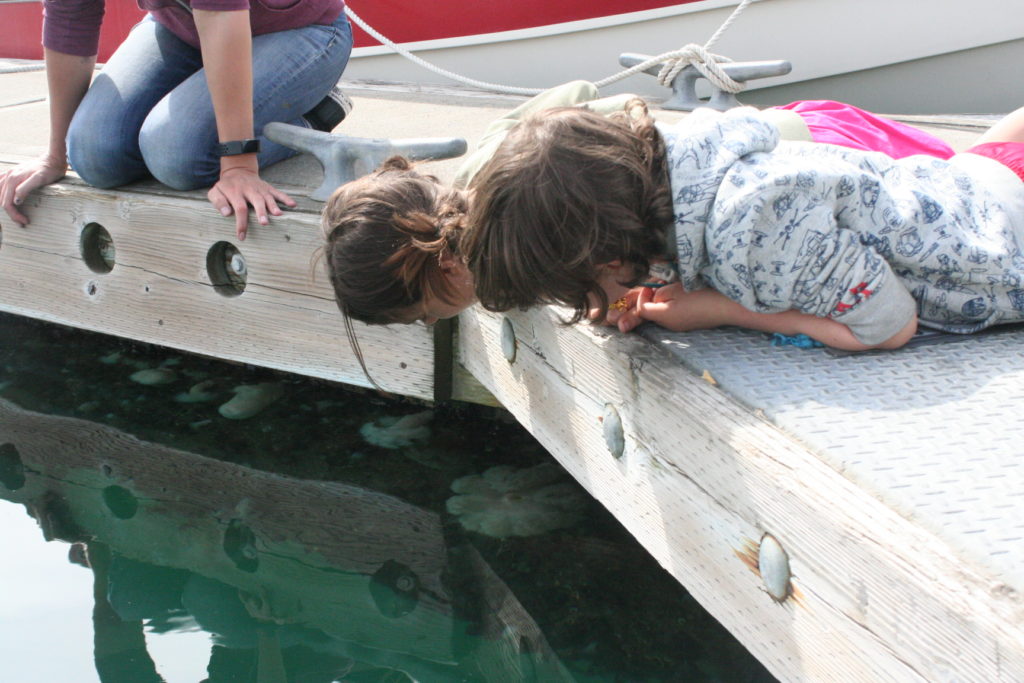
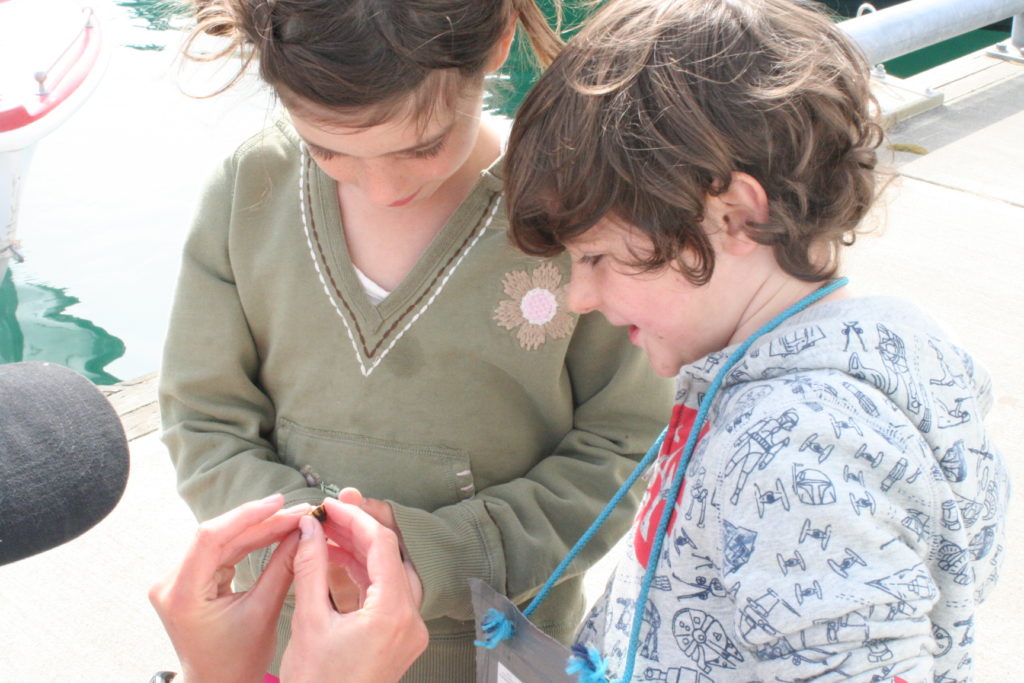
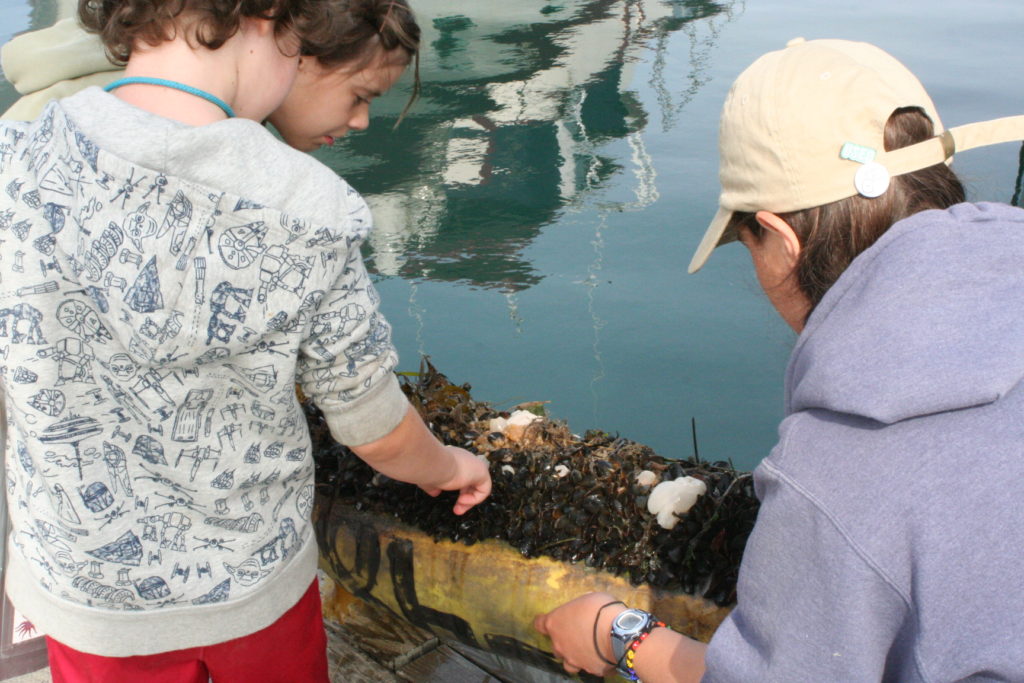
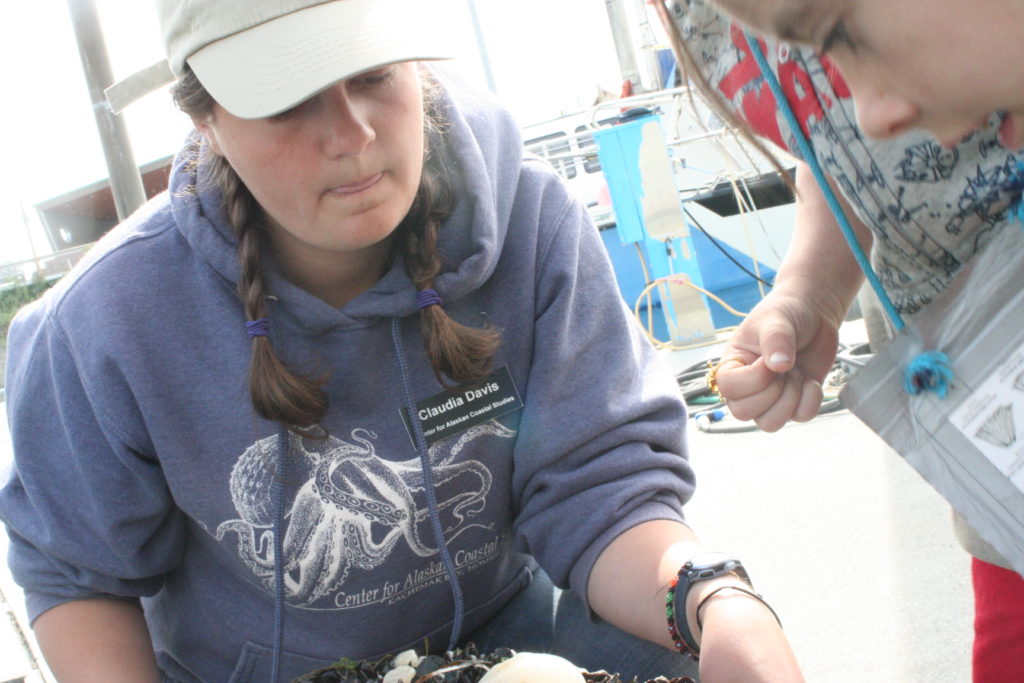
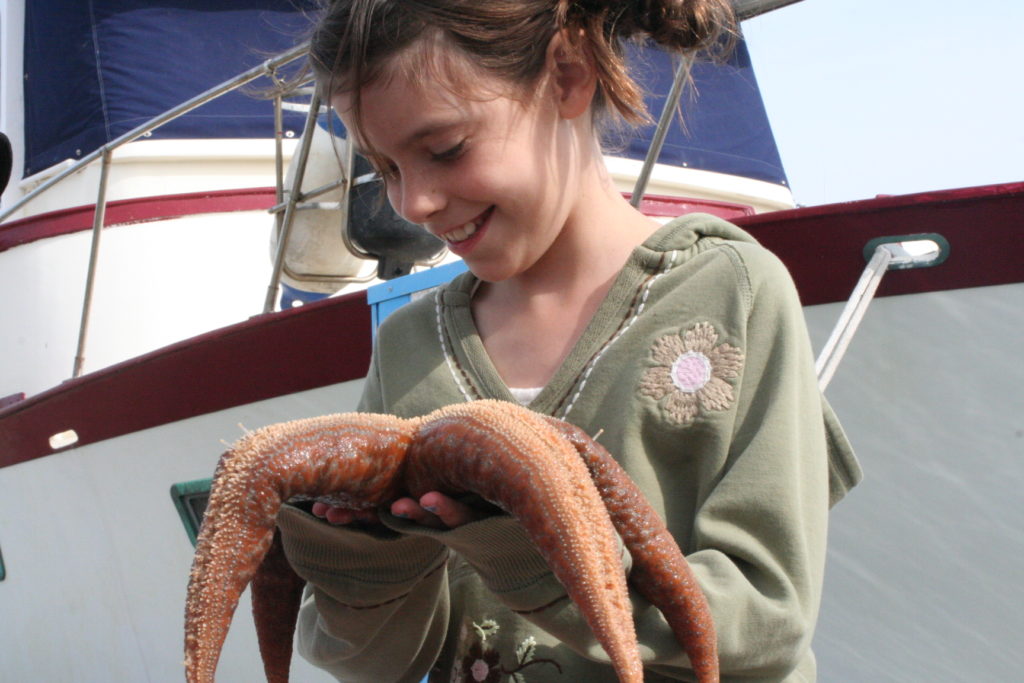
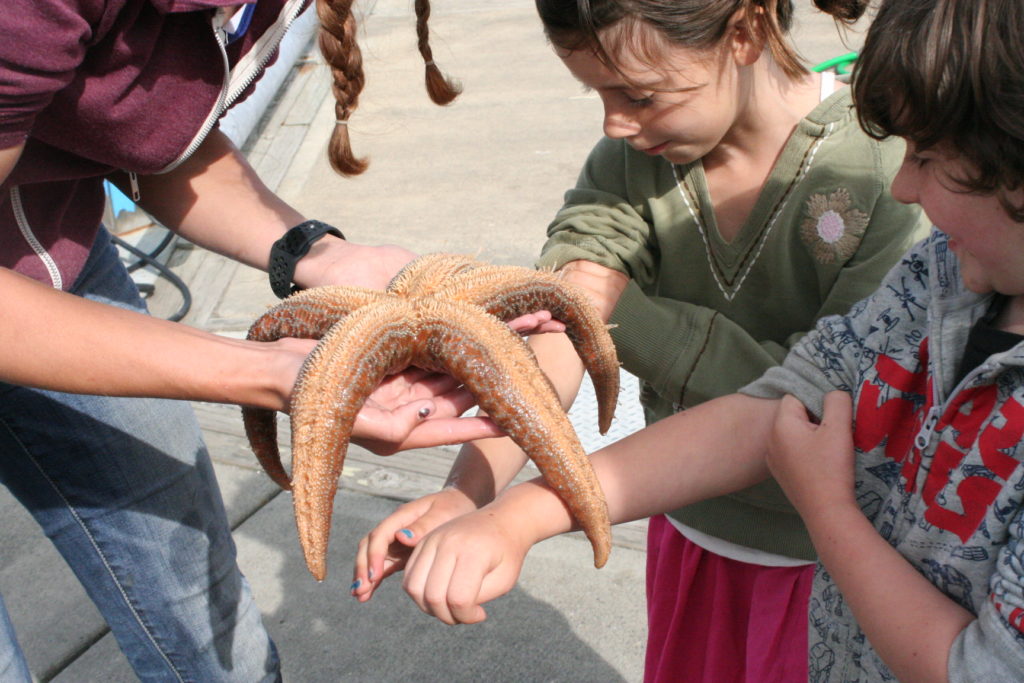
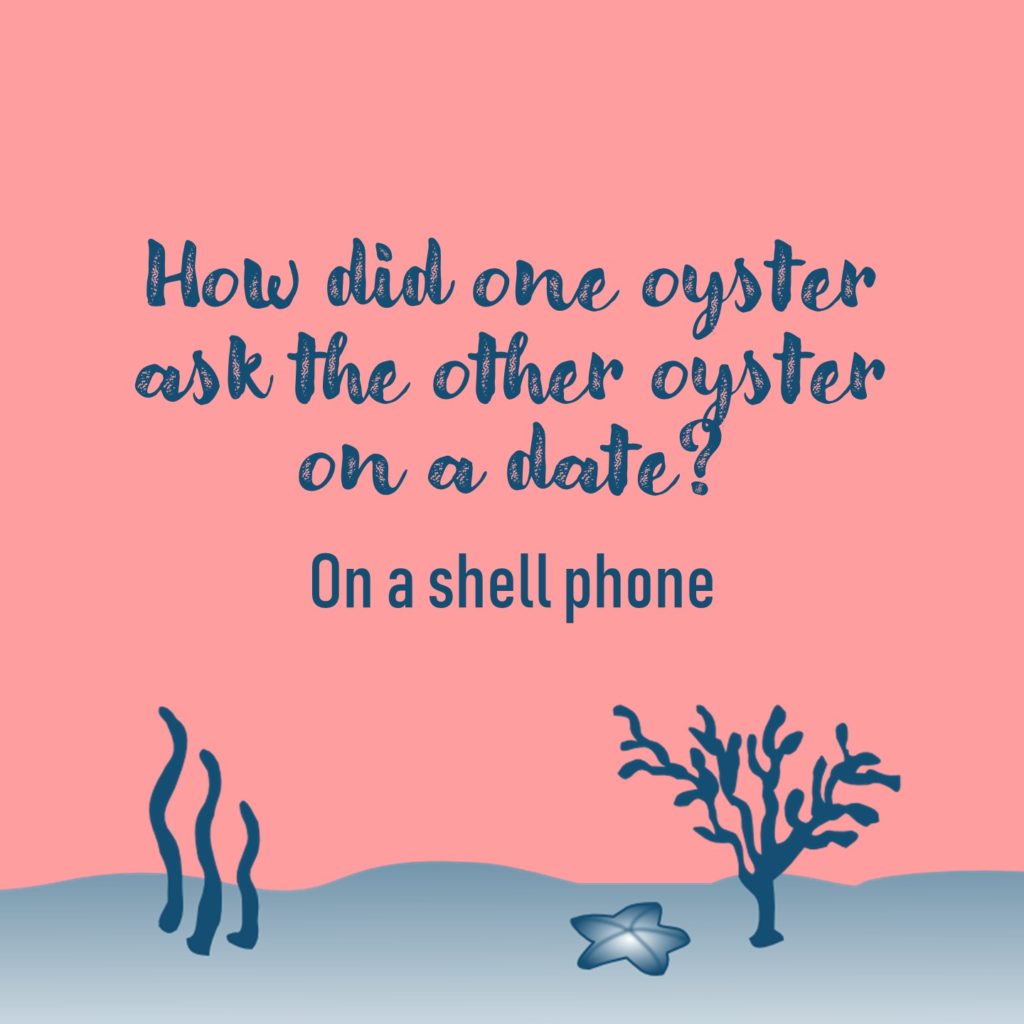
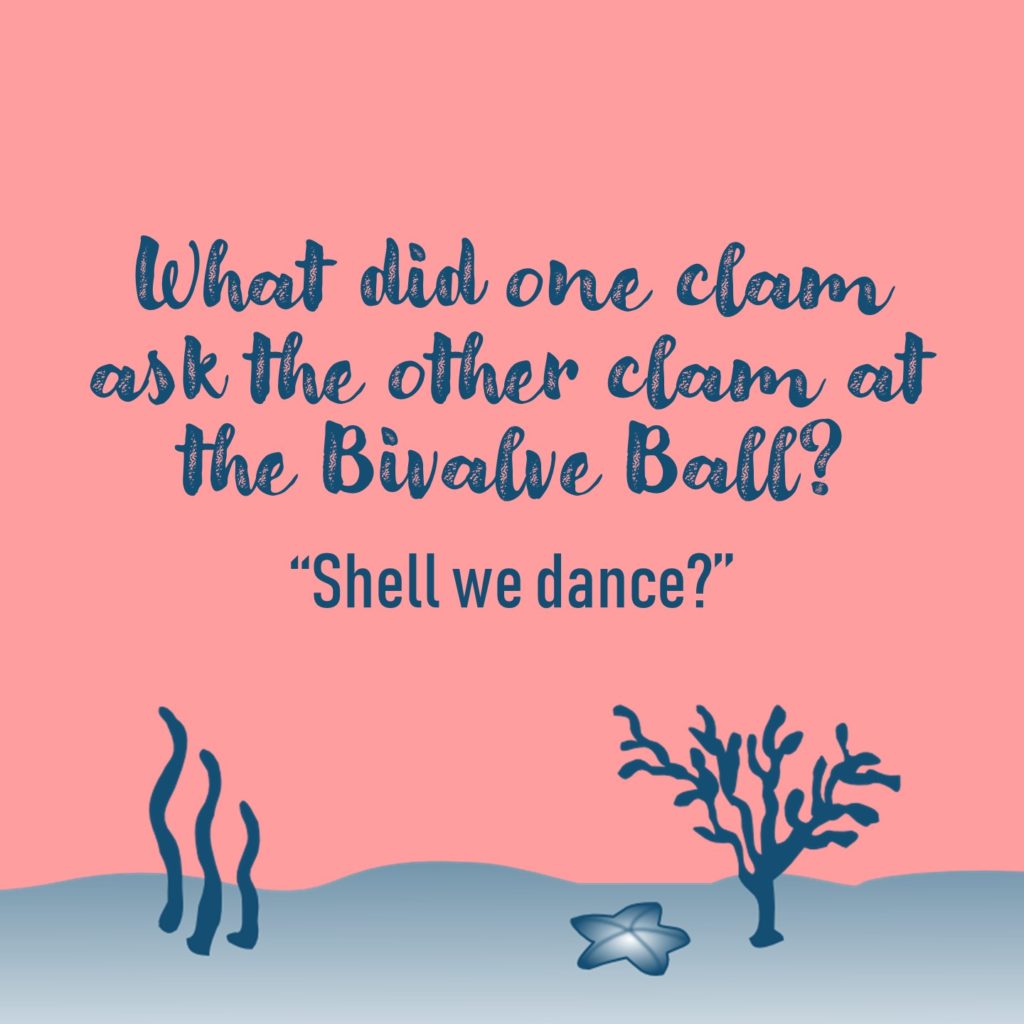
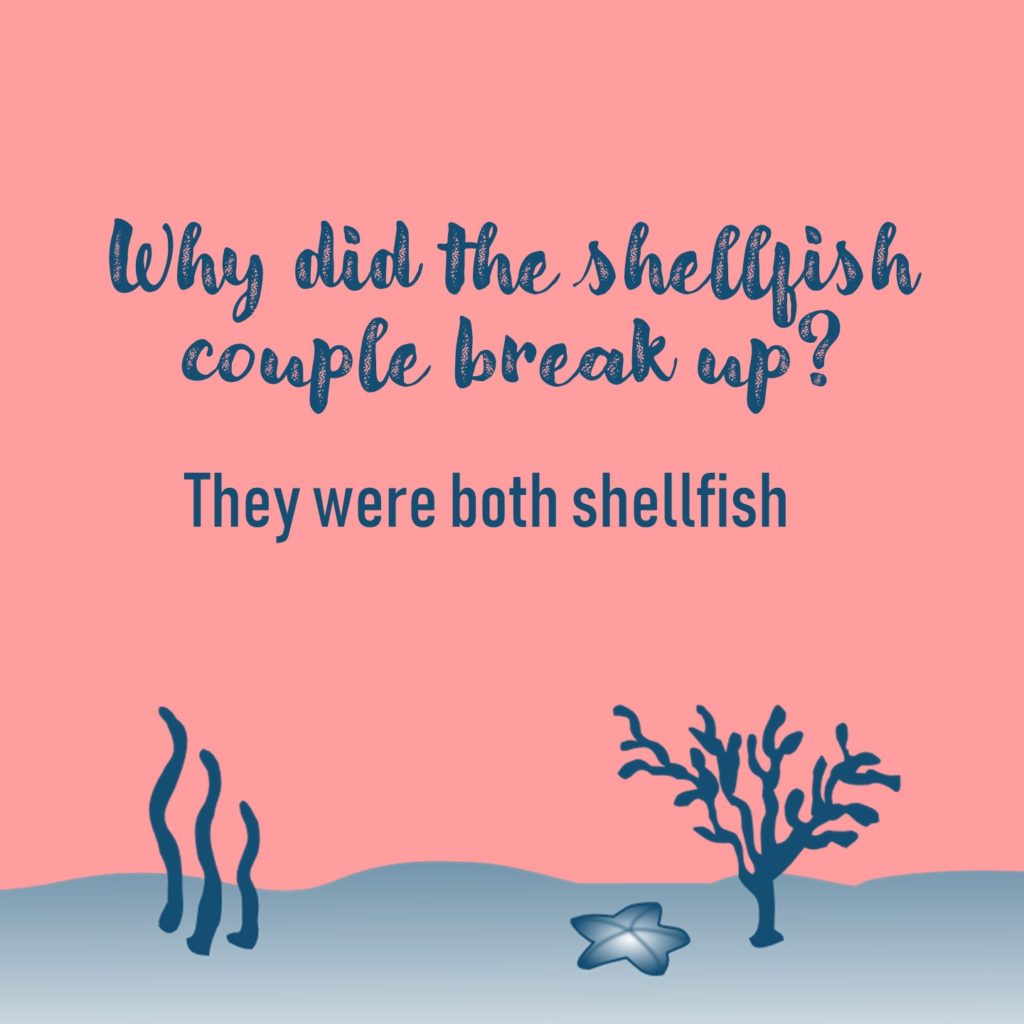










What people are saying …